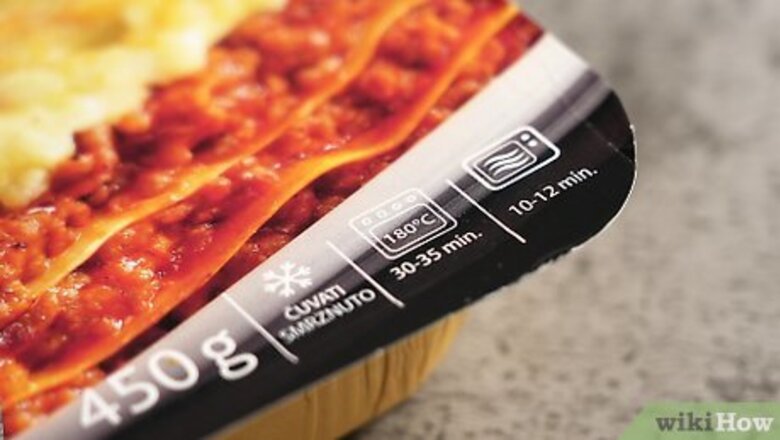
views
Getting Your Food Ready for Defrosting
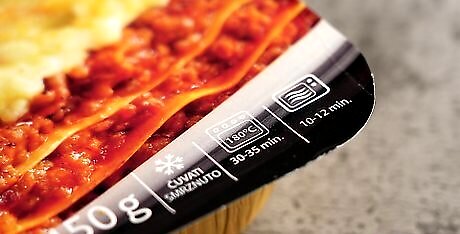
Check the packaging to see if there are instructions for thawing. If you’re cooking prepared food or food that came frozen, it likely has directions on the back of the package for how to defrost or cook it. Follow these to make sure you cook it properly and safely. Some foods might not even require defrosting. The package may say, “Keep frozen until ready to use.”

Take your food out of its packaging. If you leave food in plastic wrap, plastic bags, or foam trays, the food can absorb chemicals from the packaging while it’s heating. Remove the food and discard the original wrapper. This also prevents raw meat from being exposed to bacteria in its juices as it thaws. Run a container of frozen liquid, like soup, under hot water for 1 to 2 minutes to loosen it up enough to remove it from the container.
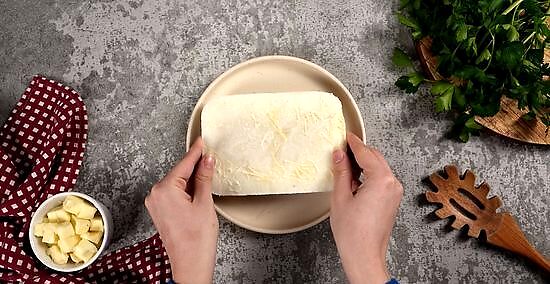
Put the food on a microwave-safe plate or container. Look at the bottom of glass, ceramic, or plastic containers to make sure they’re labeled safe for the microwave. Liquids or runny foods should go in deeper containers with edges to avoid spills. To test if a container is microwave-safe, heat it in the microwave for 1 minute next to a cup of water. If the container is cool after the minute, it’s safe. If it’s hot, it is not. If your skin comes into contact with raw meat while transferring it to the plate or container, wash your hands thoroughly with soap and warm water.
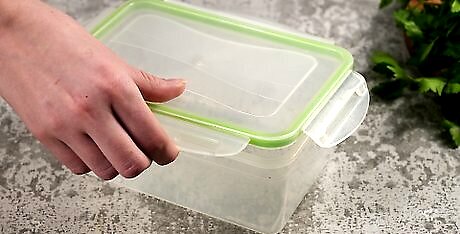
Crack the lid slightly if you’re using a covered container. Leaving the lid on top of the container prevents splatters all over your microwave and keeps the food moist. Make sure there’s a small space to let steam escape while it’s cooking. Soups and other liquids are particularly prone to messes so always use a lid with them. Placing an open container inside a cooking bag will provide the same effect.
Microwaving Your Food
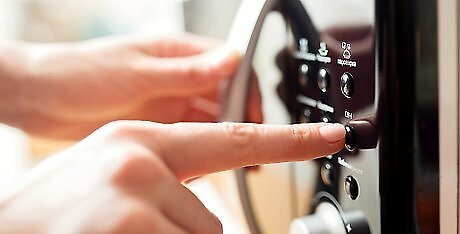
Set the microwave to 30% to 50% power depending on the food's size. Using a lower power setting allows the food to get warm all the way through without overcooking the outside. Food that takes longer to defrost, like larger cuts of meat, will thaw more evenly on a lower setting like 30%. Larger items need lower power because you don't want to cook the outside too fast while the inside is still frozen. Smaller food like frozen veggies can be defrosted at 50% power. Read your microwave’s instruction manual to figure out which power setting is best for your particular model. If your microwave has a defrost setting, it will automatically decrease the wattage and power. Simply press that button before typing in your time.

Defrost meat for 1 minute per every .5 to 1 pound (0.23 to 0.45 kg). For boneless meat or ground meat, set the microwave for 1 minute per .5 pounds (0.23 kg). Meat that’s bone-in won’t take as much time, requiring about 1 minute per 1 pound (0.45 kg). For example, if you have 2 pounds (0.91 kg) of boneless chicken breasts, defrost them for 4 minutes. If you have 2 pounds (0.91 kg) of bone-in breasts, defrost them for 2 minutes.
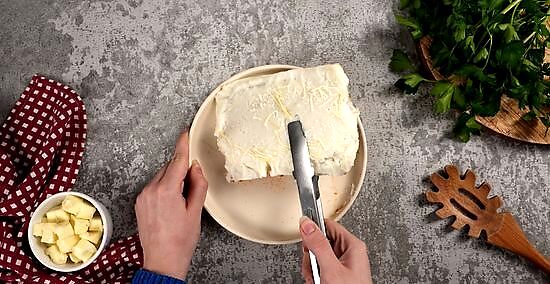
Stir or rotate your food frequently to heat it evenly and kill bacteria. Pause the microwave every so often and remove your food. Use a spoon to mix up soup as it defrosts or use a fork or your hands to break apart pieces of frozen broccoli, for example. Return it to the microwave and continue cooking. Do this as often as you’d like. The more you stir the food, the faster it will get heated all the way through. Keep in mind that the more you stop and start the microwave to stir your food, the longer it may take to defrost because you aren't giving the microwave a chance to heat up all the way. Flip pieces of meat over at least once while they cook.
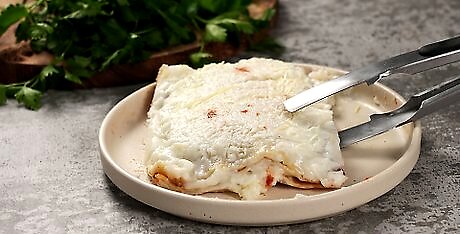
Remove parts of your food from the microwave as they defrost. To avoid overcooking food, check it often and pull off or scoop out any sections that are already thawed. Then continue defrosting the sections that are still frozen. Place the defrosted food on a plate or container while you wait for the rest to cook. Keep it covered so it doesn’t dry out. How to Tell if Food is Defrosted Check that there are no ice crystals. Feel the thickest part of the food (usually the center). If it's still ice cold, it's not defrosted. If you're defrosting poultry, the joints of the chicken or turkey should be flexible. The food should be completely soft.
Following Food Safety Rules
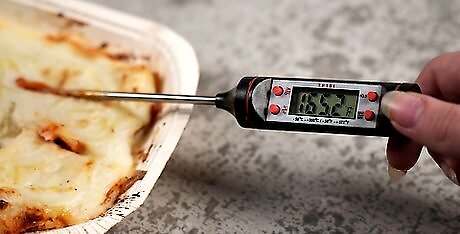
Use a thermometer to make sure the temperature is at least 165 °F (74 °C). This is the temperature that ensures harmful bacteria has been cooked out of the food. Place a food thermometer in the thickest part of the food which is often the least cooked. Check the temperature in multiple areas of the food. Microwaves don’t always heat evenly, so the temperature may vary from spot to spot. If the temperature is below 165 °F (74 °C), continue microwaving the food, checking it often. The only exceptions to this temperature are raw beef, pork, lamb, and veal, which are safe to eat at 145 °F (63 °C) if they're chops or steaks. The ground meat versions are safe at 160 °F (71 °C).
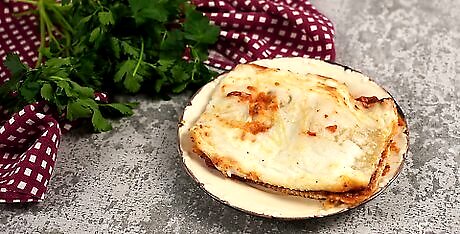
Cook the food within 1 day after you defrost it. Since microwaving the food to defrost it starts the cooking process, you have to use the food immediately after thawing it. Otherwise, bacteria will develop on the food. If you don’t cook the food right away, it’s safest to just throw it away. Even if it looks “okay,” it could be contaminated.
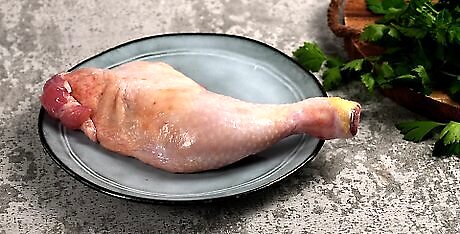
Don’t refreeze any raw food that you defrost without cooking it first. Once you thaw raw food, you raise it to the temperature where bacteria can grow. Refreezing it while raw will simply trap in those germs or viruses. If you cook food that was once frozen raw, it’s okay to freeze the leftover cooked food. Cooked food that was thawed can also be frozen again. However, the quality will deteriorate the more you thaw and refreeze it.
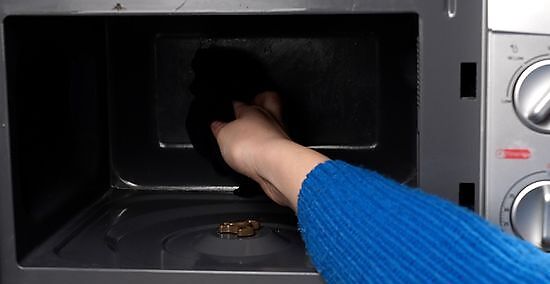
Clean the microwave afterwards to avoid contamination. Any juices or food particles that may have gotten on the microwave can contain bacteria. Use a sponge, antibacterial soap, and warm water to sanitize the microwave. This is especially important when you’re defrosting raw meat, poultry, or fish.




















Comments
0 comment